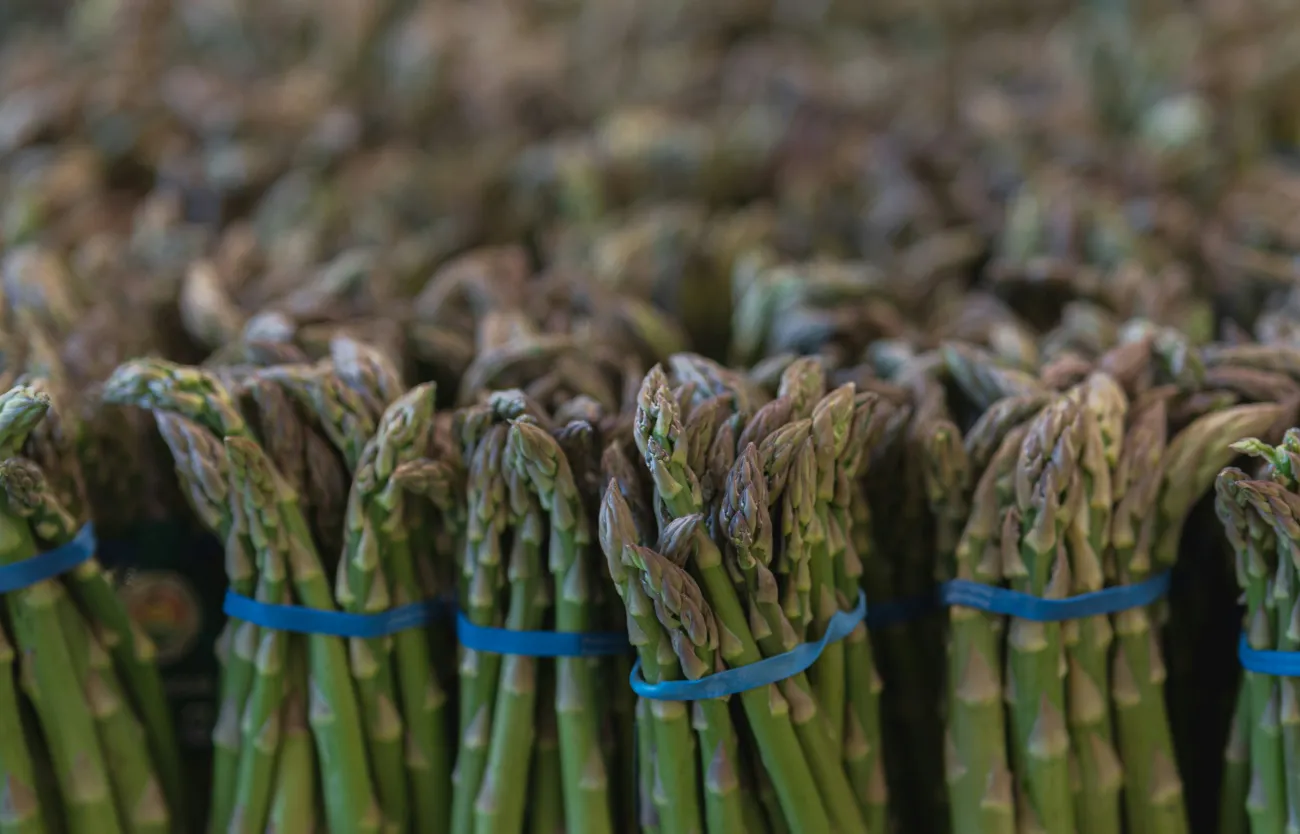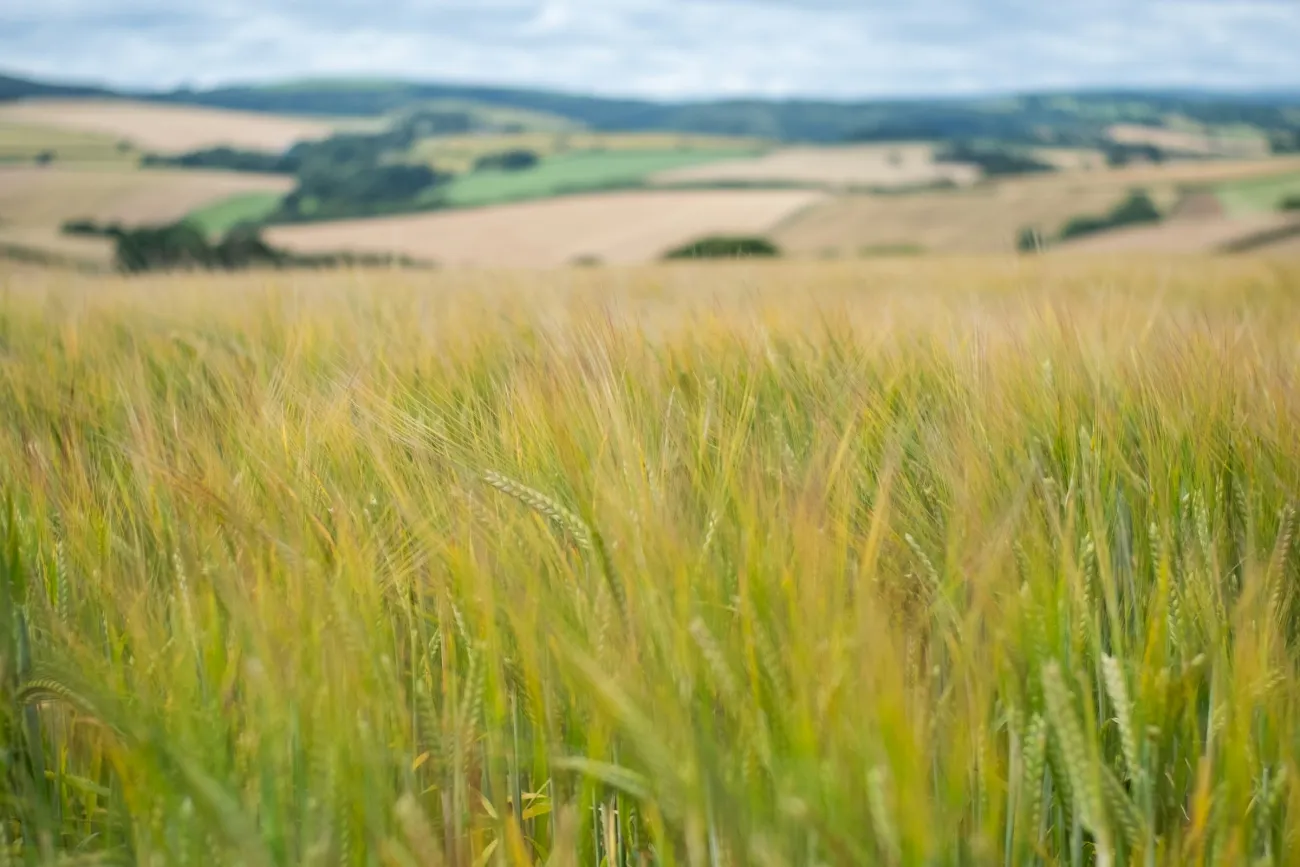A study by the University of Virginia and the Polytechnic University of Milan, and currently published in the online edition of the Proceedings of the National Academy of Sciences, provides a global quantitative assessment of the water-grabbing phenomenon. The study shows that foreign land acquisition involves 62 “grabbed” countries and 41 “grabbers” and affects every continent except Antarctica.
A study by the University of Virginia and the Polytechnic University of Milan, and currently published in the online edition of the Proceedings of the National Academy of Sciences, provides a global quantitative assessment of the water-grabbing phenomenon. The study shows that foreign land acquisition involves 62 “grabbed” countries and 41 “grabbers” and affects every continent except Antarctica.
Africa and Asia account for 47% and 33% of the global grabbed area, respectively, and about 90% of the grabbed area is in 24 countries. Countries most affected by the highest rates of water grabbing are Indonesia, the Philippines and the Democratic Republic of Congo. The highest rates of irrigated water grabbing occur in Tanzania and Sudan. Overall, about 60 percent of the total grabbed water is appropriated, through land grabbing, by companies in the United States, United Arab Emirates, India, United Kingdom, Egypt, China and Israel.
Abstract
Societal pressure on the global land and freshwater resources is increasing as a result of the rising food demand by the growing human population, dietary changes, and the enhancement of biofuel production induced by the rising oil prices and recent changes in United States and European Union bioethanol policies. Many countries and corporations have started to acquire relatively inexpensive and productive agricultural land located in foreign countries, as evidenced by the dramatic increase in the number of transnational land deals between 2005 and 2009. Often known as “land grabbing,” this phenomenon is associated with an appropriation of freshwater resources that has never been assessed before. Here we gather land-grabbing data from multiple sources and use a hydrological model to determine the associated rates of freshwater grabbing. We find that land and water grabbing are occurring at alarming rates in all continents except Antarctica. The per capita volume of grabbed water often exceeds the water requirements for a balanced diet and would be sufficient to improve food security and abate malnourishment in the grabbed countries. It is found that about 0.31 × 1012 m3⋅y−1 of green water (i.e., rainwater) and up to 0.14 × 1012 m3⋅y−1 of blue water (i.e., irrigation water) are appropriated globally for crop and livestock production in 47 × 106 ha of grabbed land worldwide (i.e., in 90% of the reported global grabbed land).
Citation
Rulli, M.C., Saviori, A., D'Odorico, P. Global land and water grabbing. Proceedings of the National Academy of Sciences, 2013; 110 (3): 892 DOI:10.1073/pnas.1213163110
To access the study, click here.
For an article on the study, click here.
For more articles in the FCRN research library on land grabbing, click here.




Comments (0)